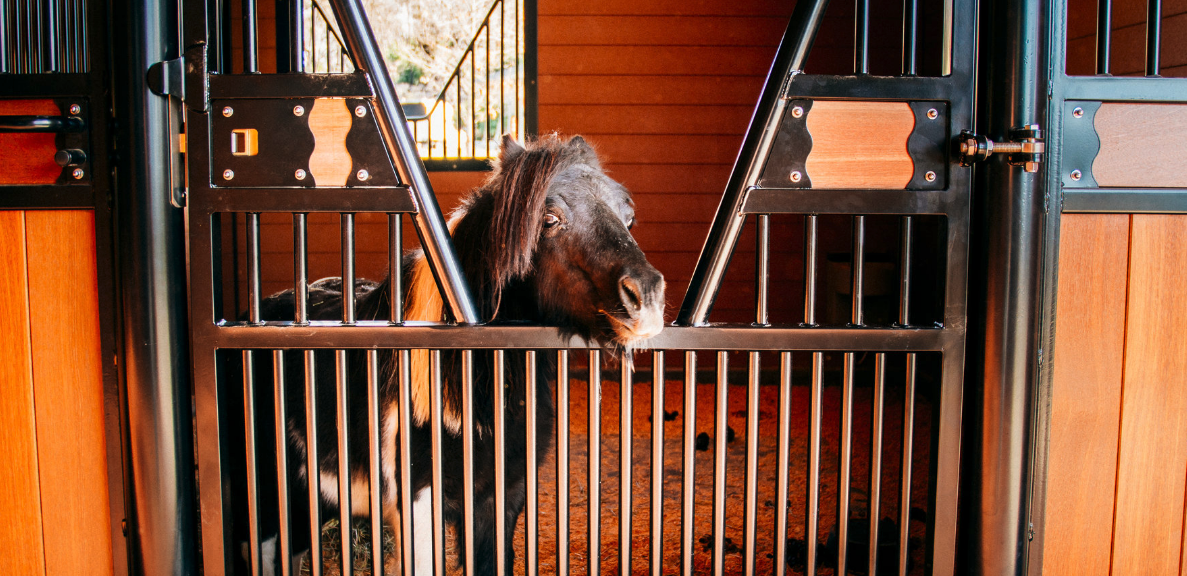Horse Stall Mats
/High-quality horse stall mats are imperative to keep your animals comfortable while protecting the structure from kicks and debris. What are the best materials, and how do you prepare a surface before laying down horse stall mats?
Our guide explains everything you need to know.
Horse Stall Floor Mats
The best material for floor tiles is usually modular rubber. This provides a soft, comfortable surface for the animal to walk on.
Thickness typically ranges between 15mm and 45mm. The thicker options are ideal for large horses and those that are active during the day. Thinner options are perfect for alleys and walkways.
Rubber is easy to clean and doesn't require removal from stalls before washing. Tiles fit together seamlessly, making them ideal for permanent floor and washing areas. Modular rubber also resists slipping, which helps to keep your animals safe when being washed.
Horse Stall Wall Mats
Wall tiles made of modular rubber are also desirable, especially in wash areas or if the animal tends to kick. Soft, thick rubber prevents damage to the walls or the animal's hooves if it kicks up. They're easy to wash and fit seamlessly, so they're easy to hose down regularly.
Underlayment Requirements for Horse Stall Mats
Rubber horse stall mats are best installed on cured concrete. Drains should be in place to allow water run-off – the tiles can be cut neatly around drainage areas. Wall tiles are typically installed over pour-in-place concrete and can be cut to fit the size of the stalls.
Summary
High-quality rubber horse stall mats should be installed in any stable. They keep your animals safe and comfortable, offering protection from kicking and allowing you to wash them more easily. Seamless rubber tiles allow for easy drainage and prevent slipping while preventing frost formation – they're the ideal year-round covering.

